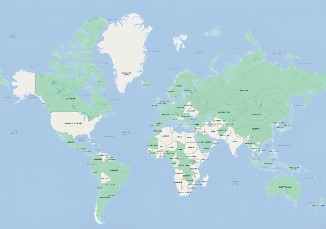Goa scientists find 50,000-year-old magnetic fossils in Bay of Bengal.
|
Magnetotactic bacteria (MTB) |
|
|
Paleogene Period |
|
|
Quick Facts |
|
Geological Record |
|
Study unravels the recipe that gives Kashmiri rice variety, Mushk Budiji its unique aroma.
|
Other GI tagged rice varieties in India |
||
|
Rice Variety |
States |
Characteristics |
|
Basmati Rice |
Punjab, Haryana, Himachal Pradesh, Delhi, Uttarakhand, Uttar Pradesh, Jammu & Kashmir |
|
|
Kala Namak Rice |
Uttar Pradesh |
|
|
Gobindobhog rice and Tulaipanji rice |
West Bengal |
|
|
Navara rice, Kaipad, Pokkali rice, Gandhakasala, Wayanad Jeerakasala and Palakkadan |
Kerala |
|
|
Chak-Hao rice |
Manipur |
|
|
Ambemohar rice and Ajara Ghansal |
Maharashtra
|
|
|
Katarni rice |
Bihar |
|
|
Joha rice, Boka Chaul rice and Chokuwa rice |
Assam |
|
India and South Africa formally opposed the adoption of IFD agreement for consideration during the 13th Ministerial Conference (MC13) of WTO.

At the COP26 climate talks in Glasgow in November 2021, India pledged to achieve net-zero emissions by 2070, positioning itself as a frontrunner in the race to carbon neutrality.
According to the Ministry of New and Renewable Energy, India had installed a renewable energy capacity of over 180 GW by 2023 and is expected to meet its target of 500 GW by 2030.
|
Quick Facts |
|
Other Colored Carbons |
|
Current account deficit narrows to 1.2% of GDP at $10.5 billion in Oct-Dec: RBI.
|
Current Account |
Capital Account |
|
|
Surplus